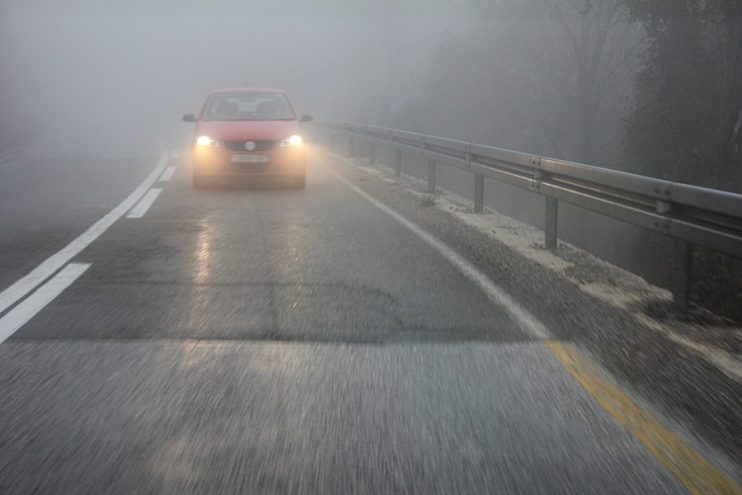
Driving in fog is an unpleasant experience. Keeping your eyes on the road is crucial for your safety and the well-being of other road users. When there’s a mist in the air, reaction times are reduced as you’ll often be suffering from impaired visibility. Whilst fog can descend at any time of year, you’re more likely to encounter this during the autumn and winter months. How can you adjust your driving style and make the right preparations to diminish the danger?
Headlights help out
Many modern cars have automatic headlights that ignite in low light conditions. Even if your car is the latest model, don’t assume that this function has necessarily kicked in, especially during daylight hours. Make sure that your lights are turned on and remember that a little more illumination is good; whilst high powered beams will diminish your visibility as it bounces back off the fog. Remember also that other drivers may not be so vigilant and could be travelling with the lights turned off.
Fog lights
Every car has at least one fog light situated at the rear of the vehicle – and many cars have them at the front as well. Check your Highway Code; it’ll tell you that fog lights must be switched on when visibility drops to 100m or less, which is around the length of one football pitch. This can be difficult to gauge, so use your common sense in such situations; if you are struggling to see the tail-lights of the vehicle in front, then you should definitely turn them on.
Collide with another vehicle or crash off the road, and you’ll struggle to claim on your insurance if your fog lights were not turned on. Remember to turn them off when the fog has cleared too; follow our guide if you want more information.
Keep your distance
When you can’t quite see exactly where you’re going, it pays to be prepared. As we’ve mentioned, fog leaves you needing extra time to react; whilst following the tail-lights of that car in front may seem like a sensible conclusion, you may not be able to see what the other driver may encounter. In these conditions you should extend the well-known 2 second rule to 3 seconds to give yourself an increased room for error.
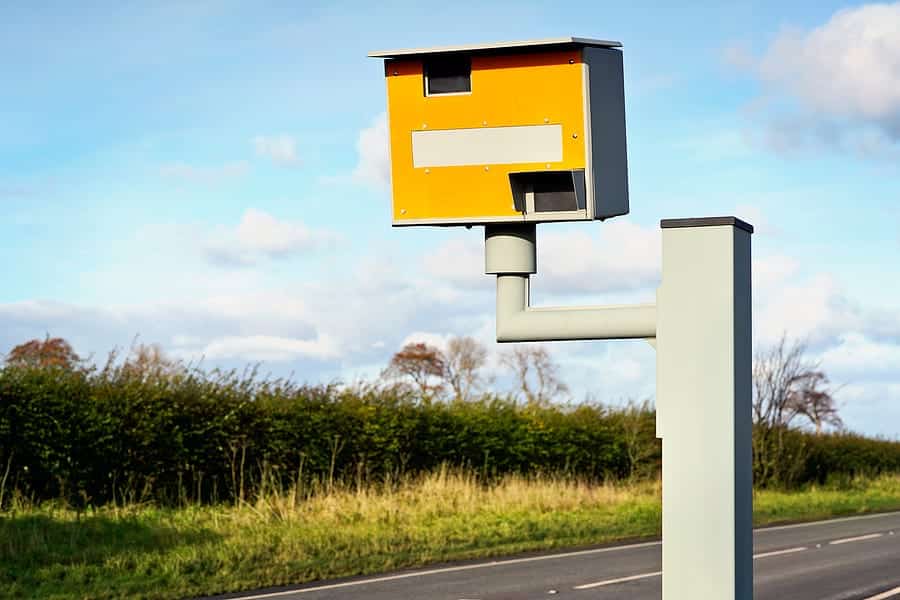
Reduce your speed
As fog takes away your vision, judging speed can be trickier without so many reference points. Regardless of your commitments, it’s never worth rushing your journey in fog. Travelling at a reduced speed gives you that extra margin of error if a car suddenly appears out of the fog, or you don’t notice a parked car until it’s too late. Remember to check mirrors before braking, and avoid rapidly applying the brakes if you suddenly encounter fog, as the drivers behind you may not have the required time to react.
Use all your senses
Fog might take away your vision, but it won’t take away the sound cues from other drivers and road activity. When one sense is diminished others often heighten to compensate. Wind down the window to allow sounds to better permeate your vehicle, and turn off any distractions like the radio – or ask the passengers to stop their conversation. Using your ears can be especially helpful near junctions and roundabouts, allowing you to hear other approaching vehicles.
Keeping your window clear
You’re probably no stranger to the fact cold air causes condensation. However, it can happen gradually so you might not notice the build up until it’s causing problems with your vision. When you’re driving in fog and concentrating on the road ahead, this can be harder to notice. Don’t take chances and turn on your rear window heater and the fan for the windscreen – keeping the heat going inside the car to reduce the overall condensation. And use your wipers to keep the moisture off the outside of the windscreen too…
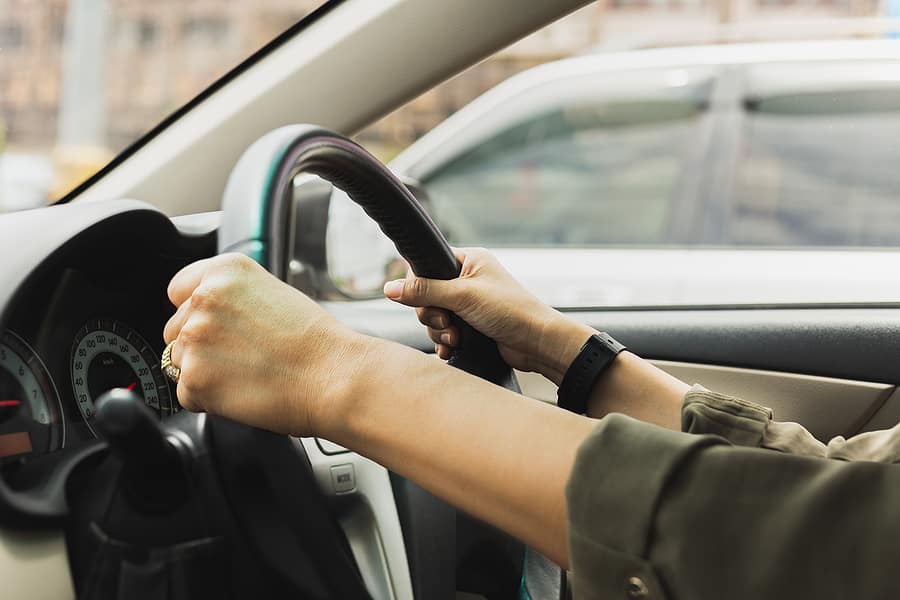
Extra vigilance behind the wheel
Fog, with all its fine droplets of moisture, can dampen the road surface, making it more slippery and increasing braking distances by around the same lengths as rain. Take care, watch your speed, and maybe give other drivers that little more room. And if you’re driving in the colder months, then that moisture could easily turn to ice causing even more slippage on the road.
Is your journey that important?
If the weather report says that fog is on the cards, then ask yourself if your trip is work the risk? Many journeys can be postponed; for instance, you can work from home until fog clears up and family and friends are likely to understand a tough situation and won’t want you to put yourself in any danger.
However, if you’re already out on the road, stopping might seem like a tough call. When visibility is compromised, especially at night, it may be safer to find a place to stop. Fog can pass quickly so try to find road services or look for a layby – as other drivers may struggle to see a car parked on the side of the road until it’s too late.
Our Final Advice
If you have no other choice but to drive in fog, check the car controls – fog lights, demister, and rear window heater. Makes sure you know where they are, so you don’t have to take your eyes off the road for a moment to look for a switch or dial. Keep the windscreen wipers topped up and consider putting a breakdown kit in the car – or if not, make sure you at least have a warning triangle and a high visibility jacket.
Focus behind the wheel is the other crucial factor – even if the route is one that’s well known to you, make sure you’re extra attentive. Turn off the cruise control, stop talking, consider dropping the radio and leave the sat nav alone. With the reduced visibility caused by fog those fractions of a second could mean the difference between braking and crashing. Stay safe out there.

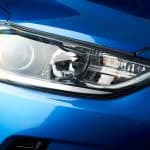
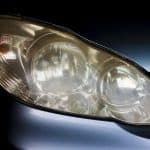
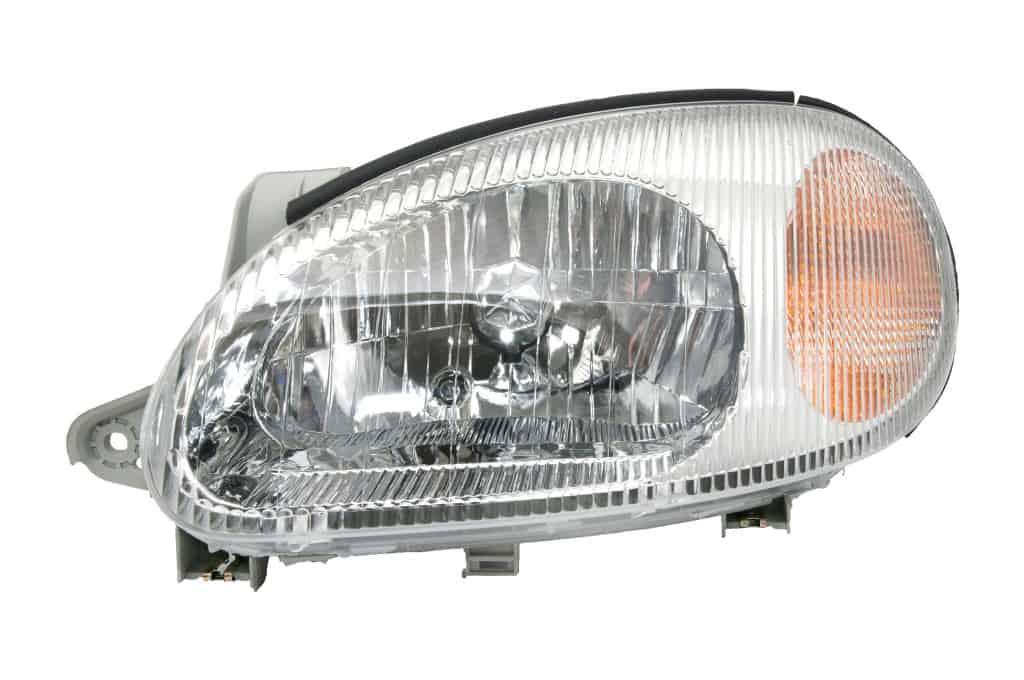
.png)